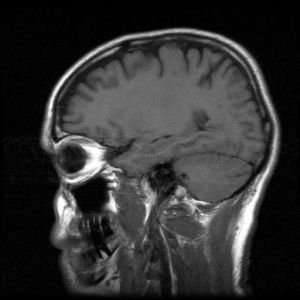Anyone who plays sports can be injured in the game, and football players are certainly no stranger to the risks. As fans we’ve watched players pulled from the field and heard of unlucky accidents in practice. While keeping hydrated, properly warming up and cooling down, and maintaining a balanced routine of strength training and stretching are all things that can help an athlete avoid injuries, sometimes they still occur. Here are three of the most common football-related injuries.
Concussion
Most people know that getting a concussion means a person has sustained trauma to the head, but contrary to some belief, getting a concussion does not guarantee the injured person will black out. Symptoms of a concussion can range from loss of balance, dizziness, and nausea, to fatigue, difficulty with memory, vomiting, and problems communicating.
Players are allowed to return to play after a concussion, but only after being thoroughly checked by a qualified healthcare professional. While it is difficult to assess for certain that a concussion has healed, checking symptoms and balance against a baseline created for the player prior to injury are the first steps. If a player gets a second concussion before the first has healed, the condition can become fatal.
Wearing a properly fitted helmet and avoiding leading tackles with the head are two things players can do to minimize their chances of a concussion.
Injured ACL
The ACL is the Anterior Cruciate Ligament and is located in the knee joint. This ligament connects the thigh and shin bones and functions to prevent excessive knee rotation or excessive forward movement of the shin in relation to the thigh. The ACL can be torn or injured if a player lands on an overextended knee, lands on a bent knee before twisting, or crashes into another player. Strength and agility training can help prevent these injuries.
While all ACL injuries need to be addressed by an orthopedic specialist, players can follow the PRICE acronym to help protect and prevent further injury. PRICE stands for protection, rest, ice, compression, and elevation. An athlete with an injured ACL should protect the joint with a brace, refrain from any unnecessary use of the joint, apply ice indirectly using an ice bag or other method, use intermittent compression on the joint to reduce swelling, and keep the joint elevated above the waist. A torn ACL can take nine months or more to heal from, while more minor ACL injuries heal quicker.
Hamstring Strain
A pulled hamstring is a frequent injury causing an athlete to feel a sudden sharp pain down the back of his leg. Depending on the severity of the strain or tear, bruising and swelling may be visible immediately. These strains are typically graded between one and three ranging from minimal swelling and muscle tightness to severe pain and an inability to walk.
After a hamstring injury has occurred, players should follow RICE for treatment. (This is like PRICE, but “protection” is not considered part of a muscle strain treatment unless the muscle surrounds a joint.) Early mobilization of the lower limb will help to speed rehabilitation. A sports injury specialist can provide a plan of rehab for the player based on the injury. This plan will likely include a regimen of stretches, sports massage, mobility help such as crutches (if required), and assessments through MRI scans, ultrasounds, and other options. Pulled hamstrings can take days or weeks to heal, depending on severity.
Sources:
“Concussion,” Stop Sports Injuries.
“Anterior Cruciate Ligament (ACL),” PhysioRoom.com
“Anterior Cruciate Ligament Tear (Torn ACL),” MedicineNet.com
“Hamstring Strain (Pulled Hamstring),” SportsInjuryClinic.net
More from Lissa:
Five Simple Football-Themed Snacks for Your Next Football Party
Sports Meltdowns: When Pro Talent Meets Amateur Behavior
History of a Name: The Oklahoma Sooners



